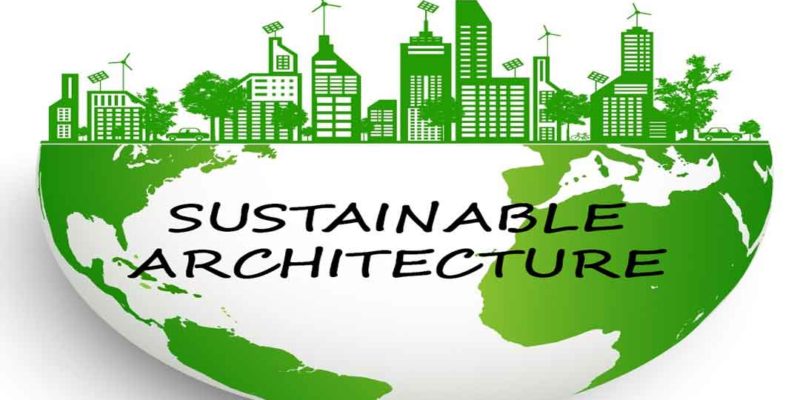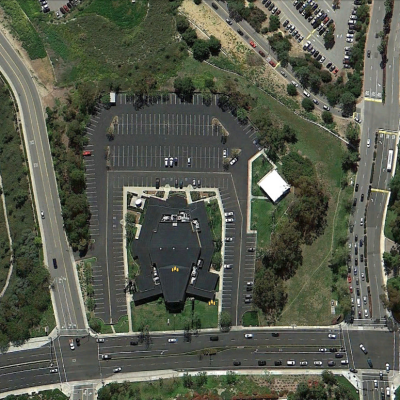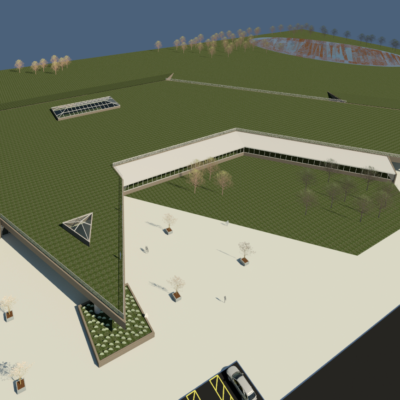
by D. Brent Sauser
June 30, 2021
I became a LEED Accredited Professional in 2005. Back then the US Green Building Council (USGBC) was still relatively young, competing with other emerging Green Building Associations for the top position of recognition as the sustainability system/process of choice. That became unofficial once the US General Services Administration (GSA) adopted the USGBC as their green building system for future construction and remodeling projects. Considering the millions of square feet the GSA controls across all time zones, most all other agencies, states, and local municipalities quickly followed suit. Then things started to get more complicated. The USGBC revised their scorecard a few times, continually raising the bar for sustainable compliance. What was once a simple process to become a LEED Accredited Professional turned into a two step process, creating the new classification of LEED Green Associate, and elevating the once achievable title of LEED Accredited Professional to an almost exclusive level. The recent attempt to release the LEED version 4.0 Reference Guide was postponed for a year because many believed the “bar” was raised too high during a struggling economy. Some states are challenging the propriety of certain LEED Credits because of its potential effect on employment and “non-compliant” industries”. A growing number of lawsuits are being litigated based on the lack of building performance post construction, versus the estimated, engineered level of performance used to establish a LEED certification level. A plaque stating Platinum, Gold, or Silver may hang proudly in the lobby of LEED certified buildings, but at the end of the day . . . what does it really mean? If you were to ask what they thought about working in a LEED Silver building meant, you would probably hear a wide range of responses. What was once an uncomplicated concept for establishing a process to accelerate sustainable design and construction, has morphed into a bureaucracy of excessive documentation to achieve credits that may or may not perform as engineered. Why is it that when well-intended organizations move inside the Washington D.C. beltway, the outcome does not tend to streamline, but flat line in overall effectiveness. It doesn’t have to be that complicated!
construction, versus the estimated, engineered level of performance used to establish a LEED certification level. A plaque stating Platinum, Gold, or Silver may hang proudly in the lobby of LEED certified buildings, but at the end of the day . . . what does it really mean? If you were to ask what they thought about working in a LEED Silver building meant, you would probably hear a wide range of responses. What was once an uncomplicated concept for establishing a process to accelerate sustainable design and construction, has morphed into a bureaucracy of excessive documentation to achieve credits that may or may not perform as engineered. Why is it that when well-intended organizations move inside the Washington D.C. beltway, the outcome does not tend to streamline, but flat line in overall effectiveness. It doesn’t have to be that complicated!
 Those who follow a Net Zero design approach may not receive a pretty plaque to hang on their lobby wall. Instead, a monthly power bill of $00.00 will be their indisputable proof that the decision to go Net Zero paid off. No fancy plaque, just saved money in your pocket to enhance your competitiveness. No expensive fees to determine compliance. No additional ‘hoops” to jump through. No bureaucracy to contend with. As an added bonus, any project that pursues a Net Zero energy approach will easily qualify for substantial LEED credits that would place the project at a Gold, or possibly a Platinum level of certification. However, the primary design objective must be in achieving Net Zero energy compliance before counting LEED credits. Pursuing LEED certification first may place in jeopardy the potential for a 100% Net Zero project, due to budgetary constraints. Net Zero costs should NOT be included in the exercise of determining how many LEED credits the project can afford. The priority is Net Zero FIRST, LEED certification (if desired) second. With the growing demands for energy usage, and the constant escalation in utility costs, attention must be focused on achieving energy independence first. Net Zero should not be considered as one of many LEED credit options to achieve certification. The technology for renewable energy resources is a growing industry that is more efficient, cost effective, and viable than ever before. Design professionals need to be aware of the resources readily available to help achieve a Net Zero building and consider its implementation a requirement, not an option. Making Net Zero solutions a “required” part of the project scope of work will ease the process of achieving LEED certification (if desired). Remember, LEED Certification may be optional, but Net Zero energy efficient design is essential. Now, how complicated is that?
Those who follow a Net Zero design approach may not receive a pretty plaque to hang on their lobby wall. Instead, a monthly power bill of $00.00 will be their indisputable proof that the decision to go Net Zero paid off. No fancy plaque, just saved money in your pocket to enhance your competitiveness. No expensive fees to determine compliance. No additional ‘hoops” to jump through. No bureaucracy to contend with. As an added bonus, any project that pursues a Net Zero energy approach will easily qualify for substantial LEED credits that would place the project at a Gold, or possibly a Platinum level of certification. However, the primary design objective must be in achieving Net Zero energy compliance before counting LEED credits. Pursuing LEED certification first may place in jeopardy the potential for a 100% Net Zero project, due to budgetary constraints. Net Zero costs should NOT be included in the exercise of determining how many LEED credits the project can afford. The priority is Net Zero FIRST, LEED certification (if desired) second. With the growing demands for energy usage, and the constant escalation in utility costs, attention must be focused on achieving energy independence first. Net Zero should not be considered as one of many LEED credit options to achieve certification. The technology for renewable energy resources is a growing industry that is more efficient, cost effective, and viable than ever before. Design professionals need to be aware of the resources readily available to help achieve a Net Zero building and consider its implementation a requirement, not an option. Making Net Zero solutions a “required” part of the project scope of work will ease the process of achieving LEED certification (if desired). Remember, LEED Certification may be optional, but Net Zero energy efficient design is essential. Now, how complicated is that?
![]()









